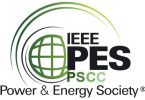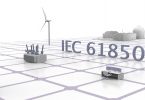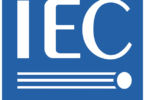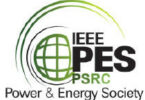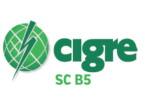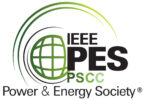Guide for Protection Systems of Transmission-to-Generation Interconnections
The electric power industry has experienced in the last three decades the introduction of what was initially called “non-utility generation” which has later exploded with the growing numbers of larger and larger Distributed Energy Resources. To address this issue the IEEE PES Power System Relaying and Control Committee (PSRCC) working group C18 has developed a Guide for Protection Systems of Transmission-to-Generation Interconnections which was published in 2017 as IEEE C37.246.
This article is based on a summary paper produced by members of the working group that introduced the new guide to the industry as working group report.
Several electric utilities have maintained over the years their internal requirements for interconnection with generation developed by independent power producers. However, a quest for an industry document was never seriously pursued until the times of power industry deregulation. This deregulation was accompanied by restructuring traditional vertically integrated electric utilities and followed by forming independent transmission companies.
A necessity to develop this industry-wide guide had become even more evident with the intervention and penetration of inverter-based generation, which introduced serious challenges to the design and protection of the generation interconnections to transmission systems.
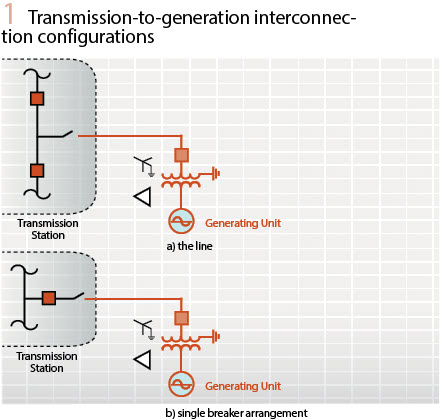
Finally, electric utility industry compliance with government-mandated reliability standards also necessitated the need for this guide.
The IEEE C37.246 guide is intended to serve as a “one-stop shop” for power industry consultants working with various electric utilities and power producers and to help achieve consistency in the design of transmission-to-generation interconnections based on the best industry practices outlined in the guide.
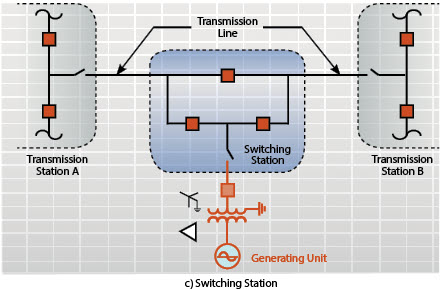
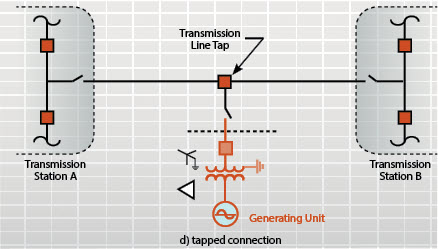
Reliable transmission-to-generation interconnections are essential in maintaining power system integrity. Both security and dependability of the interconnection protection is of paramount importance for power system stability and its continual reliable operation.
Design of an interconnection typically starts from the necessary technical data exchange between the generator owner and transmission owner. The success of the design greatly depends on the completeness and accuracy of the exchanged data. Therefore, the IEEE C37.246 transmission-to-generation interconnection protection guide lists these data in detail for both the generator and transmission systems. It includes the main data such as generator and step-up transformer electrical parameters and transmission system protection and additional ancillary information that can help in designing a reliable interconnection. This data exchange information is presented for interconnections with either conventional or renewable energy generation sources.
The guide documents existing interconnection substation configurations and provides application guidelines for selecting and engineering interconnection protection schemes to maximize protection security, dependability, and speed of operation.
The guide discusses typical interconnection bus configurations such as straight bus or dual-terminal bus, their advantages and disadvantages, and their impact on the interconnection protection. Special attention is given to tapped connections where a generation facility is directly connected to a transmission line. This type of interconnection is more economical as compared to the other types because it has a power initial cost. However, it presents protection challenges to the transmission system, the generation facility, and, possibly, the distribution loads the line may additionally serve.
The guide describes system studies utilized to evaluate proposed transmission-to-generation interconnections that include power flow, transient stability, short-circuit, and relay coordination.
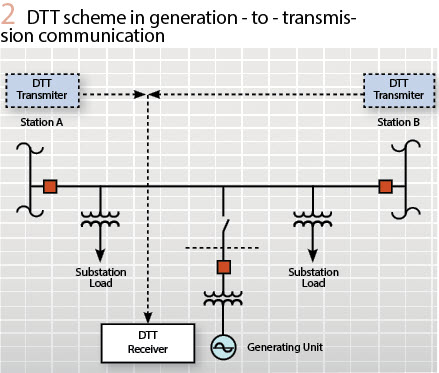
The guide documents specific protection system guidelines that should be considered when designing a new or upgrading an existing interconnection substation. It also documents interconnection protection and control functions that are common industry practiced applications for the interconnection substation protection including synchronism check, degraded grid voltage, reverse power protection, breaker failure protection, generator step-up transformer (GSU) ground time overcurrent protection, and bus differential protection.
The guide confirms the importance of protection redundancy. It addresses the issues of tripping at interconnections, autoreclosing transmission lines near generating facilities, and applying communication-based protection such as transfer trip.
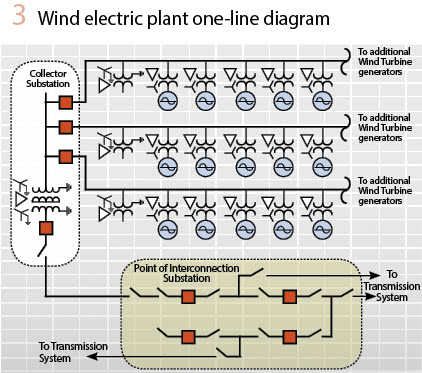
The guide describes common industry concerns with tapped connections and provides detailed information for their protection. Issues such as coordination between the line relays and tapped generator relays, apparent impedance and infeed effects on line distance protection, and temporary overvoltages are covered in detail.
Finally, the guide discusses the protection challenges on the transmission interconnections with renewable energy sources such as wind and solar generation.
The full report can be downloaded from the IEEE PES PSRC Committee web site.
Working Group C35:
Alla Deronja, Chair
Keith Houser, Vice-chair
Working Group Members:
Abu Bapary, Jeffrey Barsch,
Randy Cunico, Dominic Fontana,
Craig Holt, Mike Jensen,
Yuan Liao, Rene Midence,
Mukesh Nagpal, Manish Patel,
Ian Tualla, Solveig Ward



